On 21st March news filtered through of a Great Spotted Cuckoo at Wheeler’s Bay, Ventnor, Isle of Wight. Initially details were fairly sketchy but the following day news broke of its continued presence and pictures eventually emerged on Twitter and Facebook, as is the way of todays birding world. This was the second record for the Isle of Wight but I was initially not too fussed, I had set aside the weekend to decorate Tobias’s playroom and so I tried to stay focused.
On Saturday, some nice images of the bird emerged and news that it was very confiding so I accelerated the decorating duties and by Saturday evening I had applied all the necessary coats of paint, got agreement from Sarah and booked my ferry for Sunday. Tobias asked if he could come along and after weighing up the pros and cons I agreed that he would be fine- he was very excited as was I.
We were up at 06:00 and headed to Lymington for our 07:25 ferry across to Yarmouth. The crossing was fairly relaxing and we sat in the lounge and scanned across the Lymington Marshes, this produced around 20 stunning summer plumaged Mediterranean Gull, 30 Eider, 45 Brent Goose and a few wader including Grey Plover, Dunlin and Curlew. I looked hard for my first Tern of the year but there none were to be seen.
Passing along the south-west coast of the island we soon arrived at the carpark at Wheeler’s Bay. Tobias wanted to take his binoculars (naturally), drawing pencils and pad and so we spent some time faffing in the carpark.
As we left the car a small gaggle of birders arrived in a slightly energised state proclaiming that the cuckoo had just left its usual area and flown inland over Ventnor followed by the statement of ‘its never done that before, most unusual’. My heart sank as I felt that we had just seen the aftermath of the cuckoo’s departure. I recognised one of the birders, it was my childhood mentor Andy Butler, it was great to see him again but I felt tense and wanted to search for the bird.
I glanced down at Tobias and he said ‘what just happened Daddy, and looked at me with sad eyes’ he knew it had just flown – the lads first dip. We wandered around and Andy showed Tobias his first Glanville Fritillary caterpillars and Wall Lizard – it was just like when Andy showed me my first insects and encouraged me to get interested in invertebrates because ‘everybody does birds’.
We wandered along to the cuckoo’s usual area of Brambles which were covered with Brown-tail moth caterpillars, the cuckoo’s chosen food source, but there was no sign of the bird so Tobias and I walked back to the car to drop off our stuff and lighten the load. I then bumped into Ian Ridett, another friend of mine from my island birding days, and we stood contemplating the situation at the entrance of the car park located in an elevated position where we scanned the coastal scrub.
I then spotted a bird flying low over the sea being chased by a Herring Gull, ‘there it is’ and I quickly grabbed Tobias and picked him up so he could see the bird. We deduced that the bird had headed back to its usual area so after a swift walk we were there and watching the Great Spotted Cuckoo at close range as it fed on Brown-tail Moth caterpillars in the Bramble thicket.
We spent the next hour or so watching this cracking bird, it spent a fair bit of time buried in the Bramble feeding on caterpillars and time spent with its feathers fluffed and presumably digesting and sunbathing. It did, on occasions, show well atop the Brambles where its spikey grey crest and large white tips to all the wing feathers and scapulars were striking.
After enjoying the bird and having our fill Tobias and I wandered off and decided to head for St. Catherine’s Point, perhaps for my first Wheatear of the year. However, things were very quiet and there was little to be seen but for my first singing Blackcap of the year and both Dotted Bee-fly and Dark-edged Bee-fly, both my first of the year. After a walk of around 90 minutes we headed back to the car and headed for the 13:25 back to the mainland.
Great Spotted Cuckoo – Wheeler’s Bay, Ventnor, Isle of Wight
Great Spotted Cuckoo – Wheeler’s Bay, Ventnor, Isle of Wight
Great Spotted Cuckoo – Wheeler’s Bay, Ventnor, Isle of Wight
Great Spotted Cuckoo – Wheeler’s Bay, Ventnor, Isle of Wight
Great Spotted Cuckoo – Wheeler’s Bay, Ventnor, Isle of Wight
Great Spotted Cuckoo – Wheeler’s Bay, Ventnor, Isle of Wight
Great Spotted Cuckoo – Wheeler’s Bay, Ventnor, Isle of Wight
Great Spotted Cuckoo, here the loose plumage was during one of the periods when the bird was stationary as it digested and sunbathed. Note the raised throat, breast and rump feathers – Wheeler’s Bay, Ventnor, Isle of Wight
Wall Lizard – Wheeler’s Bay, Ventnor, Isle of Wight
Great Spotted Cuckoo twitch – Wheeler’s Bay, Ventnor, Isle of Wight
St. Catherine’s Point, Isle of Wight
Dotted Bee-fly – St. Catherine’s Point, Isle of Wight
Tobias tackling the steeper slopes at St. Catherine’s Point
Simon Colenutt
I began birdwatching at the age of nine when living on the Isle of Wight. After obtaining a copy of the Isle of Wight Bird Report from 1976 I realised that Manx Shearwater, Arctic Skua, Pomarine Skua and Black Tern were regularly seen at St.Catherine's Point, only five miles from my home village of Chale Green. To a nine year old these birds were near mythical and so I just had to go and try to see them. Little did I know that these birds were seasonal and after a long winter of seeing nothing I eventually started to bump into other birdwatchers as March drew to a close. It was then that Dave Hunnybun, Dave Wooldridge, Paul Castle, Peter Gandy and Audrey Wilkinson introduced me to the art of seawatching and the joys of bird migration, I have not looked back since.


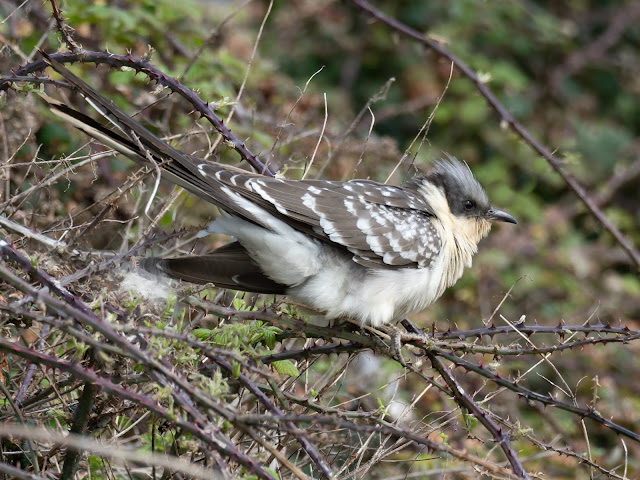
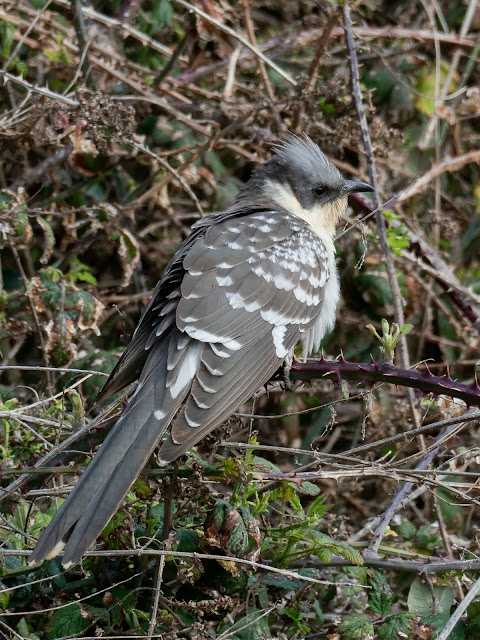


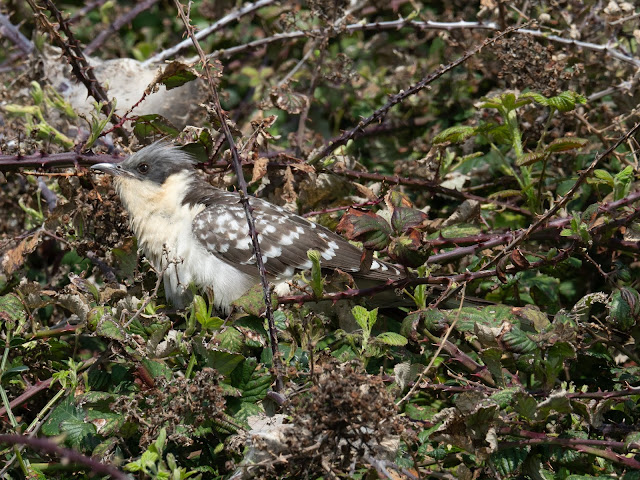
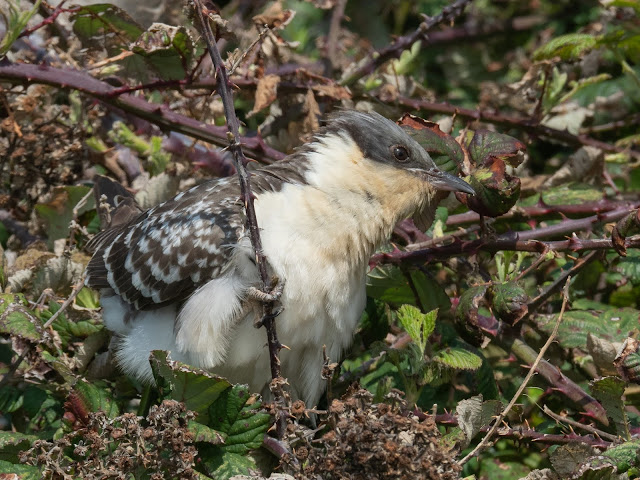
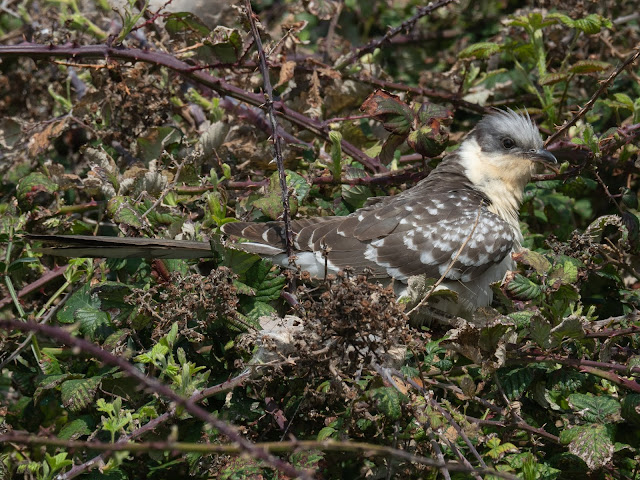
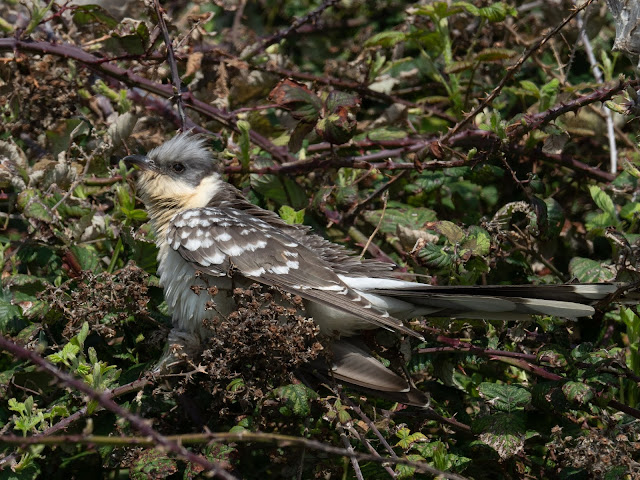


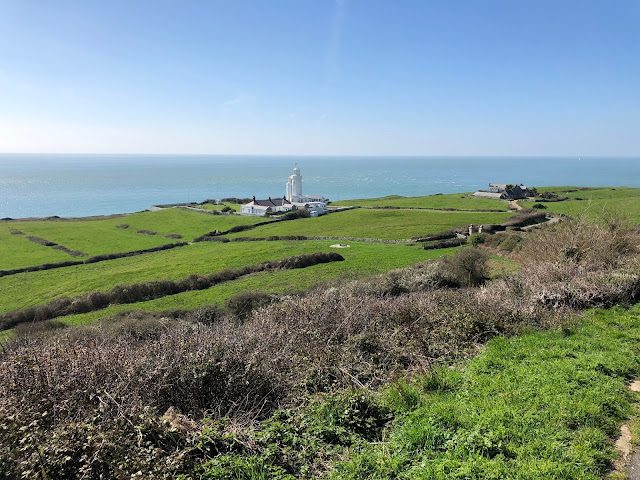
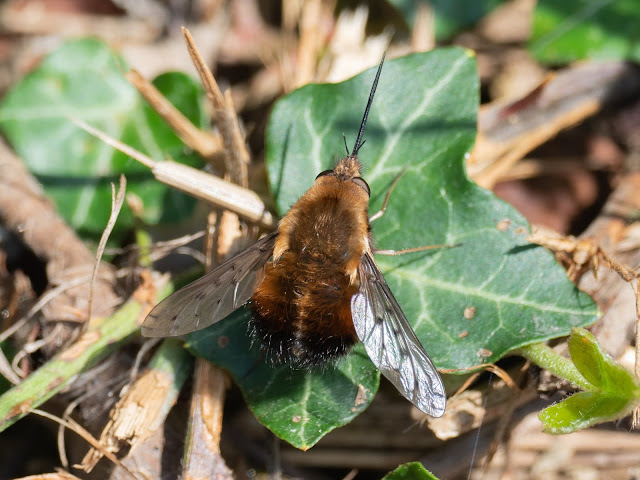

Leave a Reply